Getting Your Vacation Home Sold Quickly
Luxury homeowners in Aspen understand that timing, presentation, and positioning shape the outcome of a high-value property sale. In a market where exclusivity and lifestyle define demand, selling fast requires more than simply listing—it demands a curated approach that aligns with buyer expectations.
Vacation homes in this region often reflect personal milestones or long-term investments, so transitioning them quickly and profitably means capturing a specific buyer at the right moment. Whether for legacy planning, portfolio rebalancing, or lifestyle shifts, sellers want to minimize time on market without compromise.
The key lies in precision. From pricing to promotion, each step must reinforce the home’s appeal and urgency, ensuring it resonates with qualified buyers who recognize its worth.
Table of Contents:
- What Does it Really Mean to “Sell Quick”?
- Common Types of Buyers for High-End Vacation Homes
- Where to Focus Marketing Efforts?
- Market Timing and Momentum
- Tips on Finalizing Contracts
- Final Thoughts
What Does it Really Mean to “Sell Quick”?
Selling a vacation home quickly means executing a strategy that generates immediate interest and accelerates the path to closing—without discounting the property’s intrinsic value. In Aspen’s luxury market, that process centers on clarity: identifying your target buyer, understanding what they value, and delivering a property experience that aligns with their expectations. For many sellers, the goal is not just speed, but strategic speed—where timing and presentation work in tandem to achieve optimal results.

Buyers in this segment seek more than just square footage or finishes; they want an elevated lifestyle. Whether it’s ski-in/ski-out access, proximity to downtown Aspen, or panoramic views of the Elk Mountains, your marketing and pricing must speak to those intangible qualities. Listing strategies should reflect the property’s unique identity, bolstered by data on local inventory, seasonal demand, and comparable sales. For example, with median days on market often stretching past 140 days in the Aspen area, homes that sell faster tend to have a confident narrative and a well-executed launch.
A fast sale also relies on eliminating friction points early. This includes addressing repairs, ensuring staging enhances the home without diluting its mountain character, and selecting a pricing strategy that reflects current market dynamics rather than aspirational goals. A well-calibrated price often invites early attention and stronger offers—especially when paired with compelling visuals and a lifestyle-focused digital presence. In high-demand pockets like Snowmass or Red Mountain, this can mean the difference between lingering on the market and securing a full-price offer within weeks.
Preparation and precision define the process. Sellers who invest in pre-inspections, coordinate with local experts, and time their listings before peak seasons—such as early fall for winter buyers or late spring for summer interest—position themselves for a streamlined transaction. Selling fast in Aspen doesn’t mean rushing; it means aligning every detail with a buyer who’s ready to move just as quickly.
Common Types of Buyers for High-End Vacation Homes
High-end vacation homes in mountain markets attract a specific group of buyers—each bringing different motivations, timelines, and expectations to the transaction. Recognizing these profiles is essential when tailoring the property’s presentation, messaging, and even the showing process. While their financial capacity may be similar, their decision-making criteria vary widely based on lifestyle, investment objectives, and intended use.
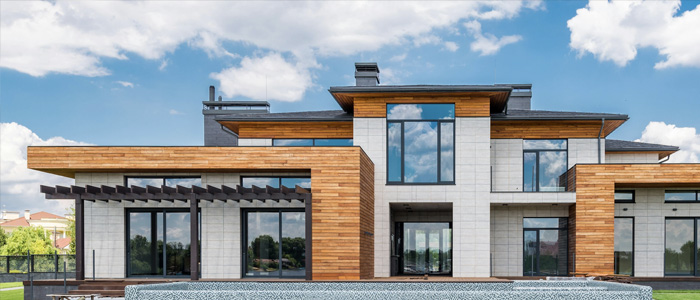
Lifestyle-Driven Buyers
These are individuals or families purchasing for personal use, often seeking a second or third residence that complements their annual travel rhythm. Their focus centers on fluid living—homes that transition effortlessly between winter and summer, with design elements that reflect both comfort and seasonal functionality. They gravitate toward properties with integrated outdoor spaces, climate-responsive materials, and features that support luxury entertaining.
- Emphasis on Seamless Living Design: This group prefers homes with thoughtful floor plans that accommodate both quiet retreat and social gatherings. Contemporary mountain interiors with elements like dry-stacked stone fireplaces, in-floor radiant heating, and retractable glass walls that open to panoramic decks carry particular appeal.
- Experience-Enhancing Amenities: Rather than simply proximity to slopes or trails, they look for curated experiences—outdoor kitchens, heated plunge pools, and covered spa decks designed to withstand winter use. These buyers are drawn to properties that feel like private resorts, offering year-round immersion in the surrounding landscape.
Investor Owners
This buyer group approaches luxury real estate with a performance mindset. Their decisions are data-driven, focused on both capital preservation and income potential. They’re often drawn to properties that complement a broader portfolio strategy—homes with rare zoning advantages, strong appreciation history, and limited direct competition.
- Yield-Driven Acquisition Strategy: Investors evaluate the balance between nightly rate potential, occupancy trends, and local STR regulations. Listings that come with transferable short-term rental permits, high ADR (average daily rate), and low seasonality gaps are positioned as more attractive. Presenting historical performance reports and professional management options builds immediate confidence.
- Efficiency and Asset Differentiation: Rather than focusing solely on finishes, this group prioritizes properties with upgraded mechanical systems, energy-efficient certifications, or low-maintenance materials. Homes that reduce operational friction—such as those with automated access control, zoned HVAC, and durable alpine exteriors—signal long-term viability.
Relocation and Remote-First Buyers
The rise of flexible work models has introduced a new segment: buyers who plan to live in their mountain home for extended periods while maintaining professional responsibilities elsewhere. They’re not just vacationers—they’re hybrid residents who need space that performs beyond leisure.
- Integrated Work-Life Infrastructure: These buyers need homes that support extended stays without sacrificing productivity. This includes multiple private workspaces, backup power systems, and layouts that allow for privacy even with guests on-site. Proximity to regional airports, private FBOs, and concierge services enhances the appeal.
- Holistic Wellbeing and Multi-Seasonal Appeal: Rather than focusing exclusively on ski season, this segment evaluates properties for year-round livability—access to summer trail systems, wellness rooms, and garden-level gyms with outdoor access. They look for homes that offer grounding, health-focused environments in both form and function.
Understanding the nuances within each buyer category allows sellers to shape their presentation beyond generic luxury. In Aspen and surrounding micro-markets, adjusting the narrative for each audience—through pricing, staging, and visibility strategies—can determine whether the home becomes a passive listing or a property that compels immediate engagement.
Where to Focus Marketing Efforts?
Marketing a high-value vacation home starts with understanding how affluent buyers discover and evaluate properties. In Aspen’s luxury segment, where demand often originates from out-of-state or international buyers, visibility must strike a balance between sophistication and emotional impact. Strategic exposure should spark a sense of possibility—inviting buyers not just to view a home, but to imagine it as part of their lifestyle portfolio.
Visual Storytelling and Content Precision
Photography must feel editorial, not transactional. The goal is to create atmosphere—capturing how light moves through a vaulted great room at golden hour, or how a backlit soaking tub frames a snow-covered ridge. Aerial footage that orients the property within its alpine surroundings can become a silent but powerful differentiator. Buyers unfamiliar with local geography gain context instantly—seeing the distance to ski access, private trails, or river frontage.

Rather than simply listing features, descriptions should reflect Aspen’s vernacular of design, craftsmanship, and experience. Homes with custom millwork, gallery walls for serious collections, or geothermal systems should be contextualized within the broader appeal of sustainability or heritage construction. Instead of emphasizing square footage or appliance brands, emphasize what those choices enable: entertaining beneath timber beams reclaimed from century-old barns, or waking to a wall of glass that frames unbroken wilderness.
Strategic Channel Deployment
Digital platforms continue to set the tone for discovery, but success lies in how the property is positioned within them. On Instagram, short-form video content can create emotional resonance—reels of a fire crackling in a steel-clad hearth, or a chef plating local ingredients in a waterfall-edge kitchen during a twilight dinner party. These visuals become narrative tools, especially when paired with copy that references Aspen’s seasonal lifestyle, from powder mornings to gallery strolls.
Beyond public-facing platforms, luxury print and private media channels still carry weight. Inclusion in quarterly publications curated for wealth advisors, private jet clientele, or UHNW family offices can place your home in front of decision-makers not actively browsing MLS. Meanwhile, producing a standalone digital brochure or branded microsite allows for long-form storytelling—ideal for homes with a compelling architectural history, rare zoning, or meaningful provenance.
Local Influence and Buyer Networks
In Aspen’s intimate real estate ecosystem, value often trades hands through relationships before it reaches the open market. The most effective agents maintain active dialogues with buyers who have already walked properties in the area and are awaiting the right fit. These conversations are rarely casual—they’re specific, time-sensitive, and rooted in market literacy.
Pre-listing previews, offered quietly to an agent’s internal network, can generate early momentum and identify motivated buyers before public exposure. These private showings allow for calibrated feedback, which can inform pricing and presentation long before a formal launch. For homes with elements that appeal to niche segments—such as transferable STR permits, equestrian amenities, or historical designation—early engagement with targeted buyer lists can yield meaningful traction. This approach, like we offer at Aspen Real Estate, helps frame the property as a rare and timely opportunity rather than just another luxury listing.
Marketing in this environment must be both curated and intentional—designed around the psychology and priorities of luxury buyers who act swiftly when the offering aligns with their vision.
Market Timing and Momentum
Aligning your listing with Aspen’s high-impact buyer cycles and marketing mentioned above ensures that your property enters the market when attention is already concentrated. These pulses of activity—driven by cultural festivals, seasonal returns of long-time visitors, and school calendar transitions—act as natural accelerants. When timed correctly, your home benefits from a surge in qualified interest before the market becomes saturated with new inventory or buyers become distracted by travel, events, or competing commitments.
- Capture the Emotional Window: Buyers who visit during early-season snowfalls or summer trail openings are immersed in the reasons they want to buy. Listing during these windows taps into their heightened emotional engagement, which often leads to faster, more confident offers.
- Try to Navigate around the Mid-Season Plateau: While early and late peaks in Aspen’s selling calendar see strong buyer activity, mid-season periods often bring browsing without serious intent. Listing too late into these cycles risks blending into the backdrop, especially as buyer fatigue sets in and newer inventory begins to dominate attention.
Speed also strengthens the narrative your agent presents to both buyer and broker communities. When a home launches with coordinated marketing, a thoughtfully calibrated price, and immediate showability, it reinforces the idea that the seller is serious and the opportunity is time-sensitive. This structure invites action—not speculation—and minimizes the likelihood of drawn-out negotiations or opportunistic offers. In Aspen’s nuanced luxury market, where perception shapes behavior, prioritizing speed isn’t about rushing; it’s about aligning strategy with the rhythms of demand and the expectations of those ready to transact.
Tips on Finalizing Contracts
A high-value contract in the Aspen market demands more than standard due diligence—it requires a closing strategy that anticipates complexity and accounts for the nuances of a high-net-worth transaction. Buyers and their advisors will expect precision across all documents, so the focus must shift from marketing to risk mitigation and legal clarity once an offer is accepted.
Document Review
Begin by compiling a full legal dossier well ahead of negotiations. This should include architectural plans, permitting history, STR compliance status, utility easements, and any active covenants that affect land use or subdivision. In the Aspen area, where properties can straddle unique zoning overlays or conservation boundaries, these documents are not just formalities—they shape what the buyer can and cannot do with the property in the future.

Properties that have previously been used for income-generating purposes must also include rental revenue reports, tax documentation, and operational cost summaries. These details help investment-minded buyers evaluate actual performance, which can be especially persuasive if the home is marketed as a short-term rental opportunity. Full transparency on occupancy rates, seasonal ADRs, and management fees prevents renegotiation late in the process and reinforces confidence in the asset.
For properties governed by HOAs, it’s essential to highlight not only the standard CC&Rs but also recent meeting minutes, budget forecasts, and upcoming projects that may impact association dues. These finer points can influence a buyer’s willingness to move forward, particularly if assessments or limitations on rental use are pending. Flagging these elements early positions the seller as credible and organized—a dynamic that carries weight during attorney review.
Flexibility with Buyer Needs
While luxury buyers expect a high degree of service, they also appreciate tailored accommodations that reflect the seller’s understanding of deal logistics. Rather than offering blanket extensions, structure time-bound contingencies that allow for specific buyer actions—such as architectural feasibility studies, STR license transfers, or environmental inspections tied to outdoor structures or water systems.
Scheduling should be approached as a negotiation tool rather than a formality. In transactions involving 1031 exchanges, trust-held assets, or cross-border capital, coordinating closing dates with financial events can be the difference between moving forward or losing momentum. This requires active communication between legal teams to align with institutional timelines, not just personal preferences.
In cases where luxury furnishings, commissioned art, or integrated smart systems are included in the sale, a detailed exhibit should be attached to the contract. Go beyond item lists—include serial numbers, artisan provenance, and service warranties where applicable. For custom installations like climate-controlled wine rooms or commercial-grade kitchen equipment, define transfer conditions, maintenance records, and any ongoing service contracts. This level of granularity ensures the buyer knows exactly what is being conveyed and avoids delays during final walkthroughs or escrow sign-offs.
Approaching the contract phase with precision and foresight affirms the property’s value and supports a seamless transition—meeting the expectations of elite buyers who demand efficiency at every stage.
Final Thoughts
Selling your Aspen vacation home quickly doesn’t mean compromising on value—it means crafting a strategy that speaks directly to the right buyer at the right moment. With the proper preparation and expert insight, you can turn your property into a compelling opportunity that moves fast and closes strong. If you're ready to take the next step, contact Ryan Schwartz for professional guidance in buying or selling luxury real estate—we’re here to help you navigate every detail with confidence and discretion.


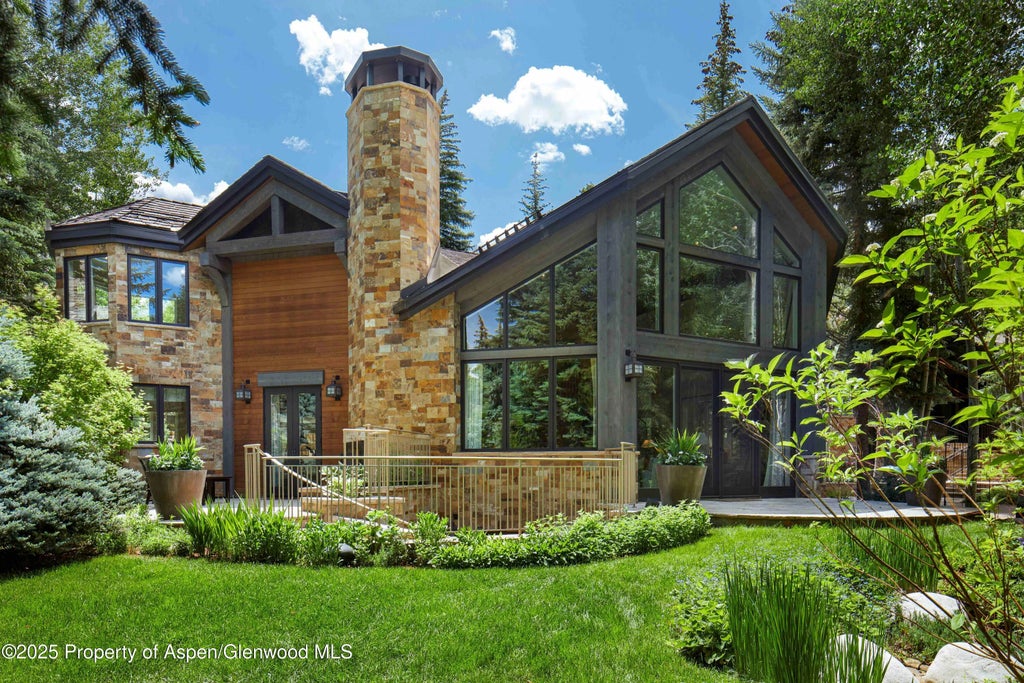
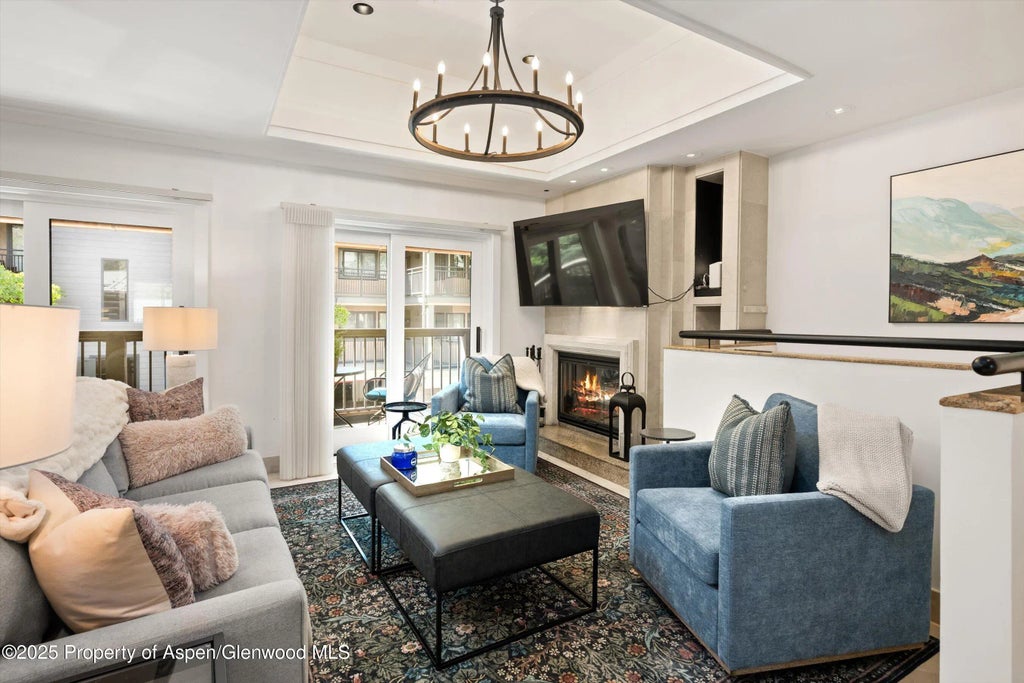
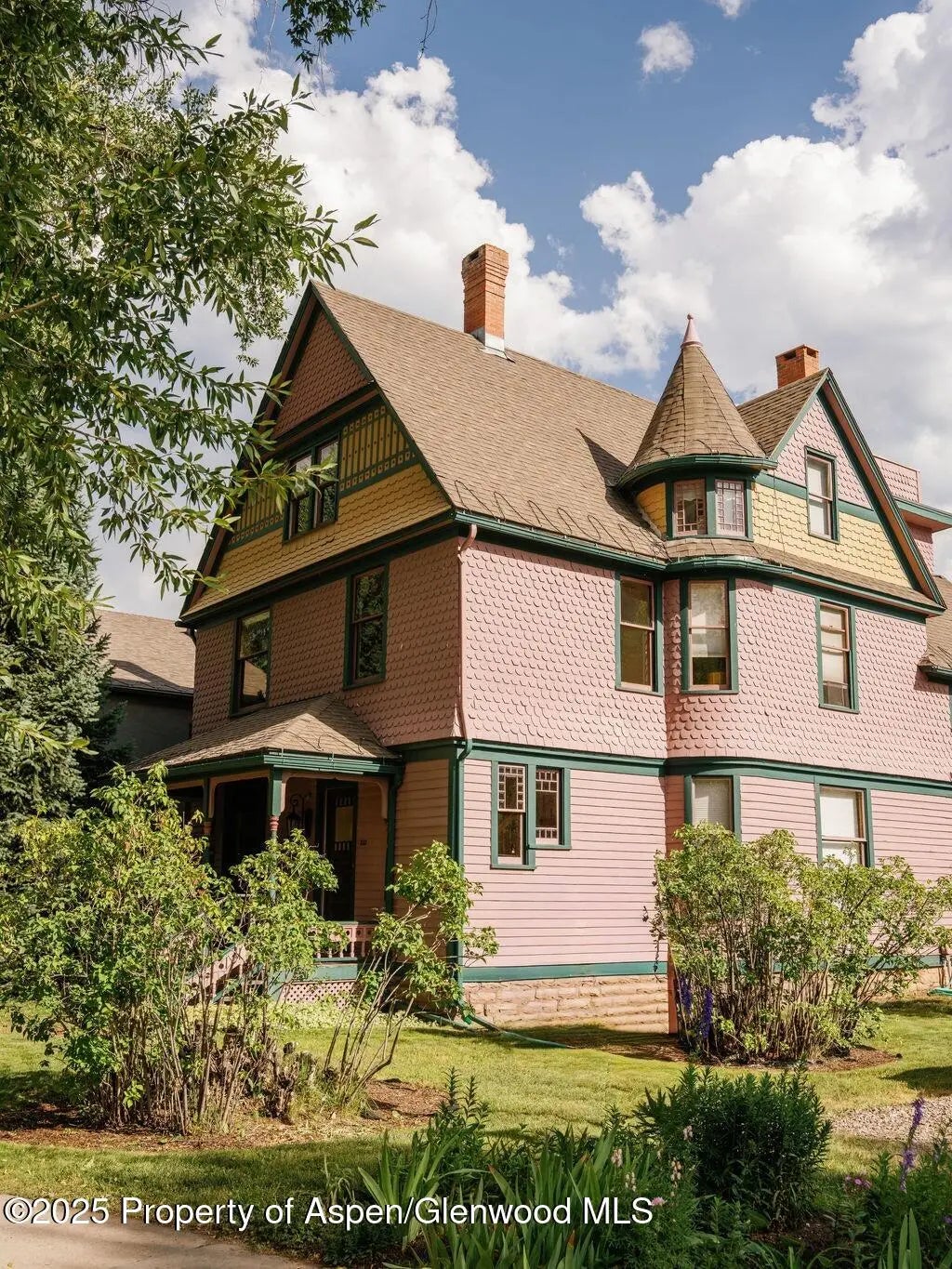
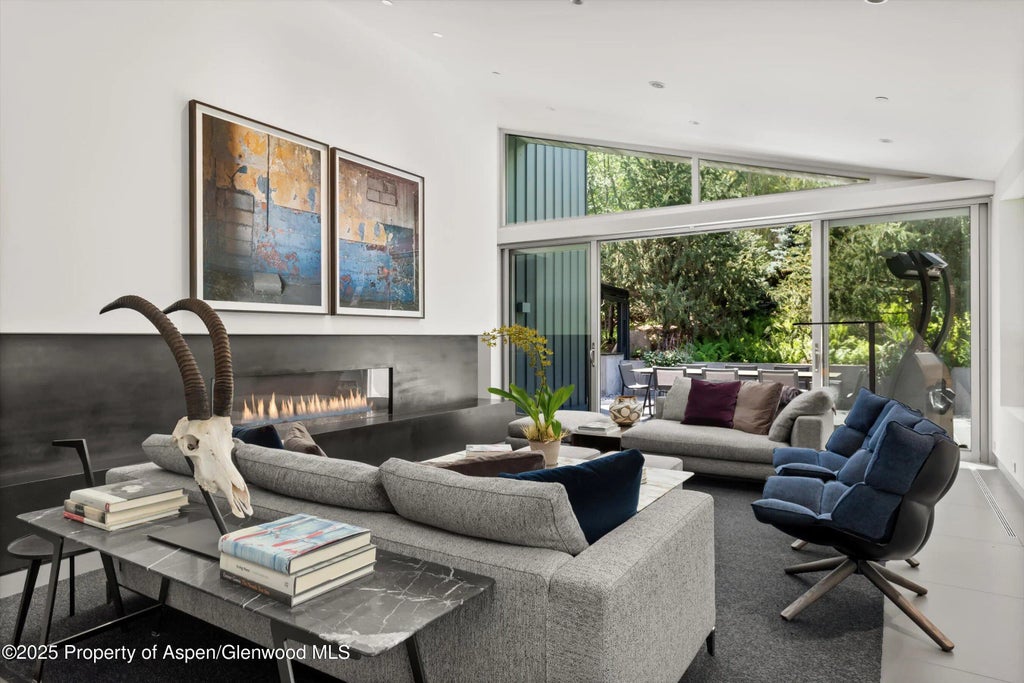
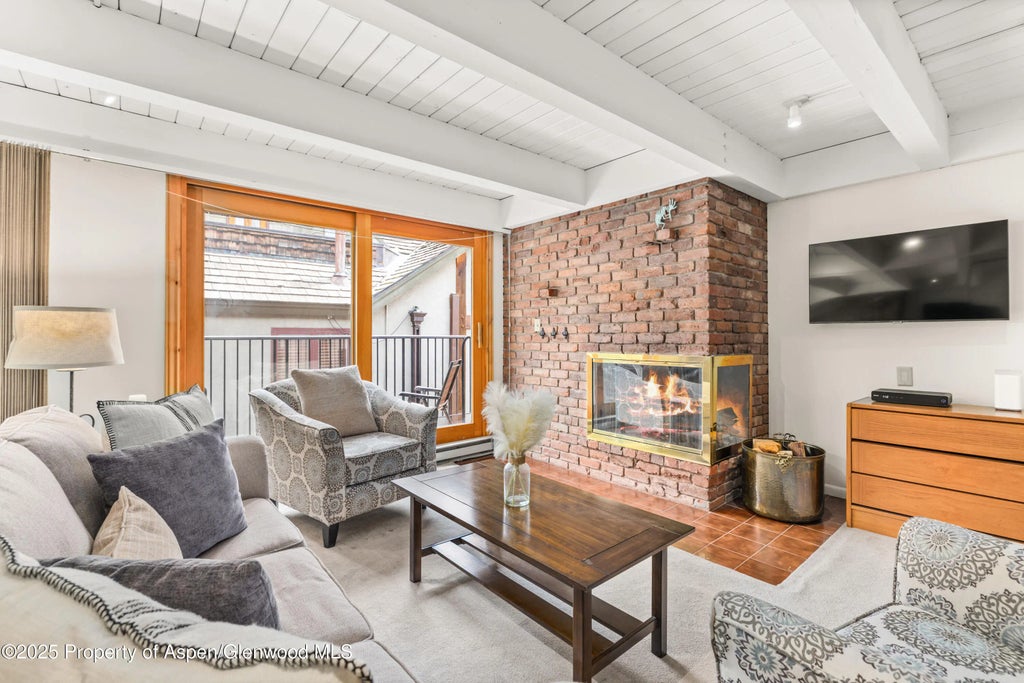
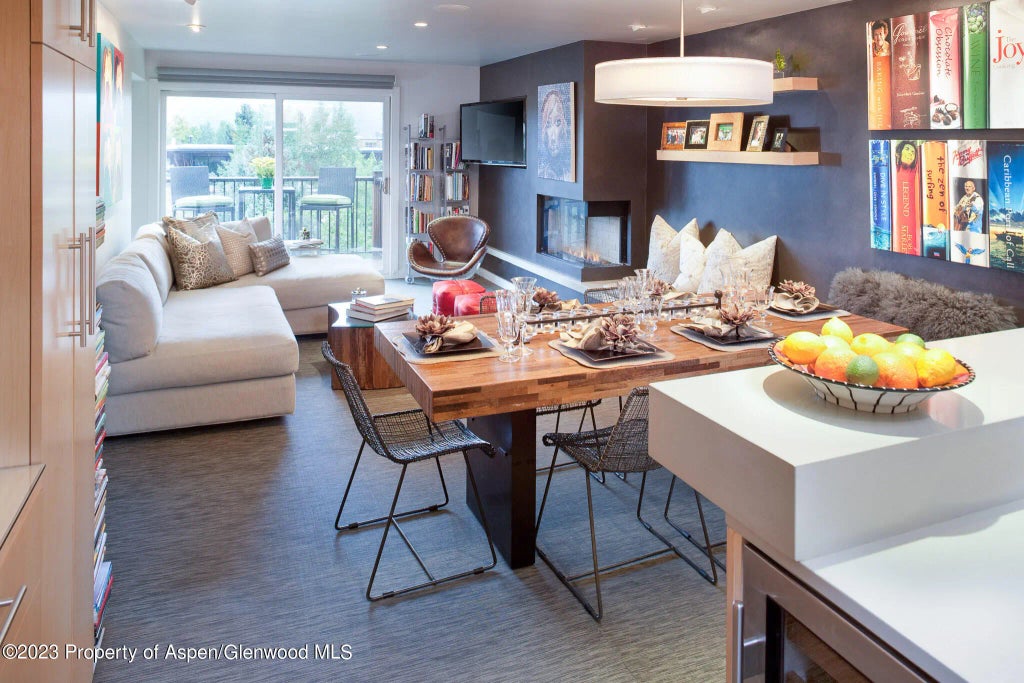
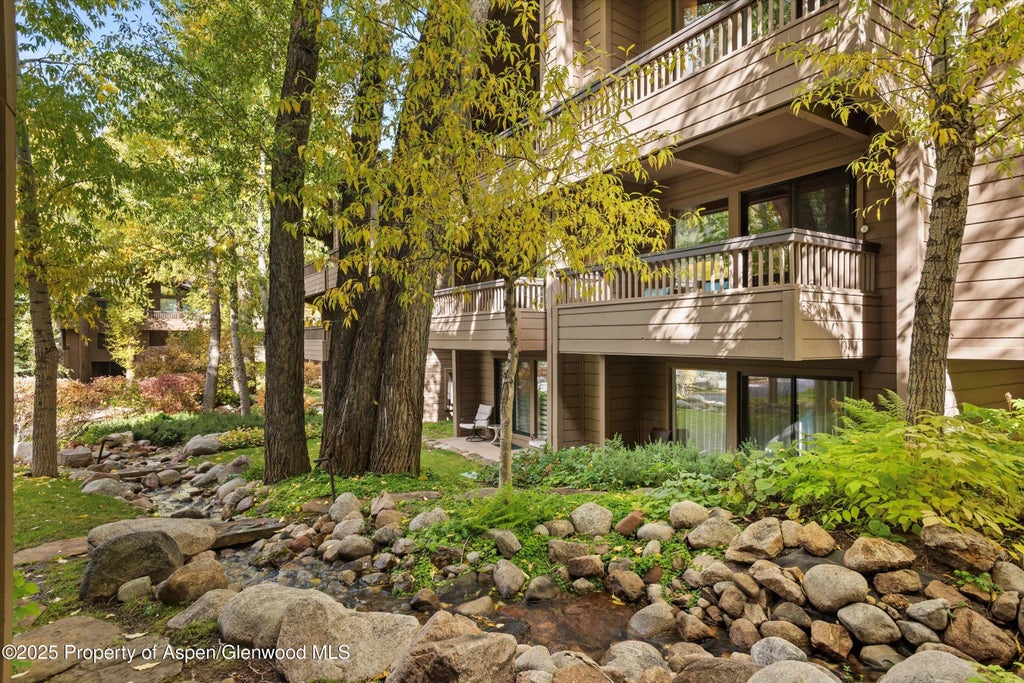
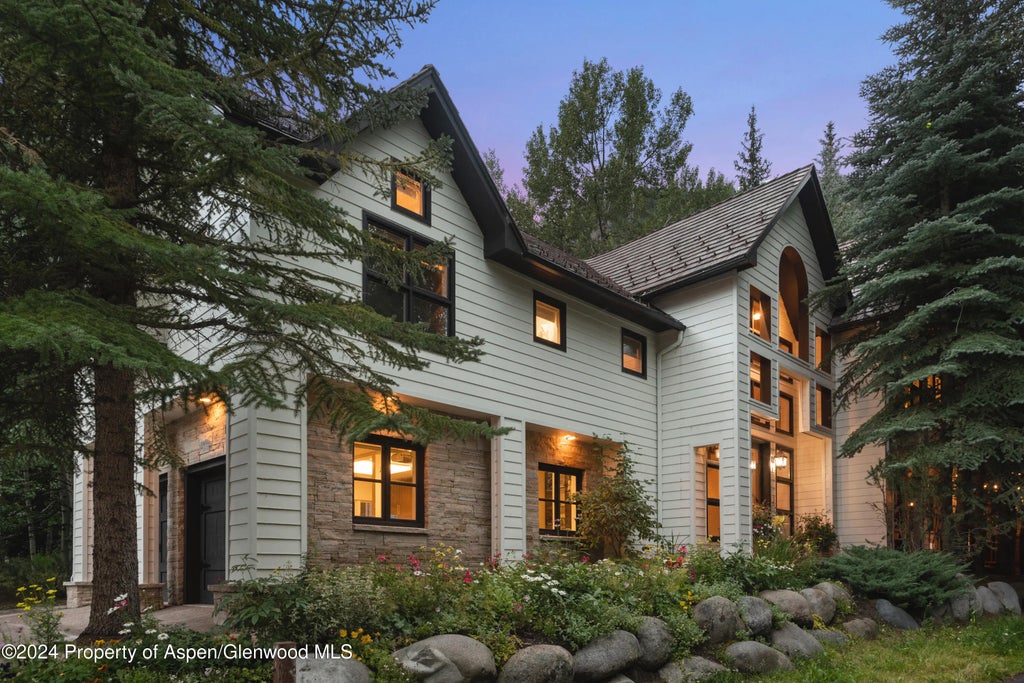
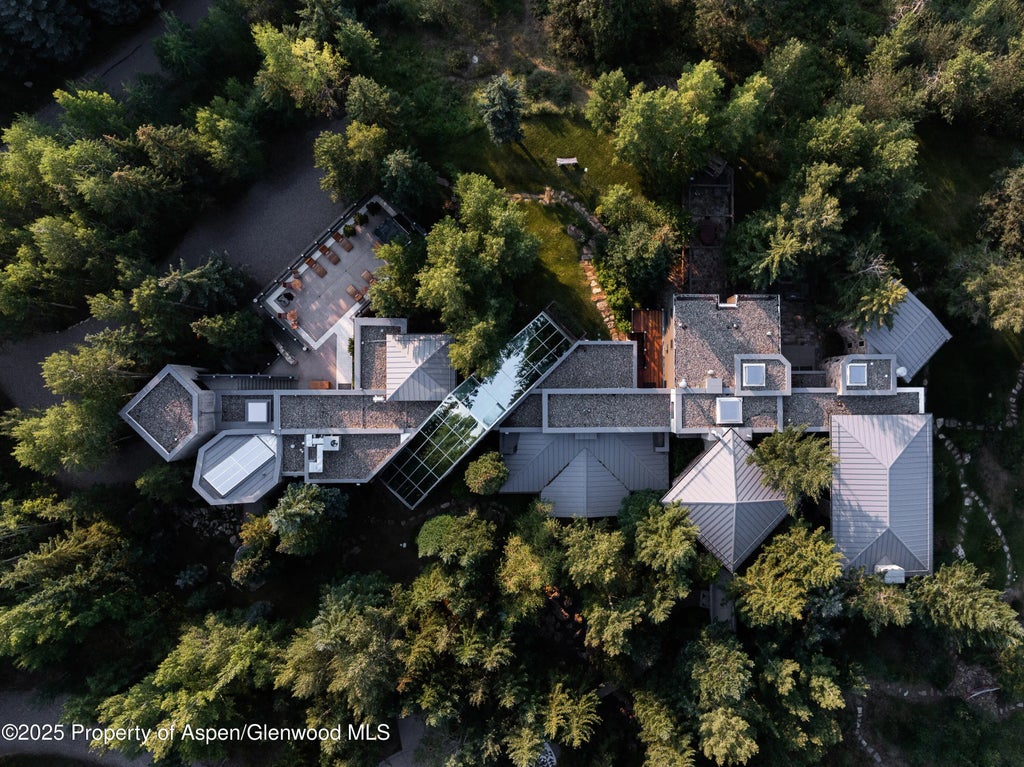
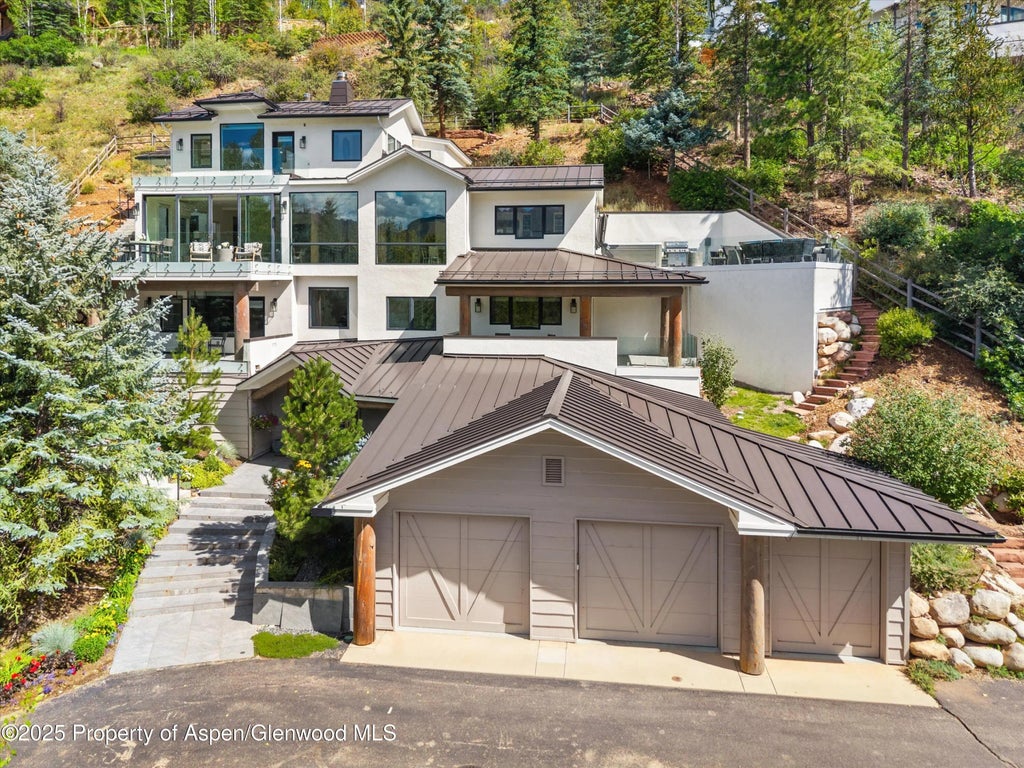
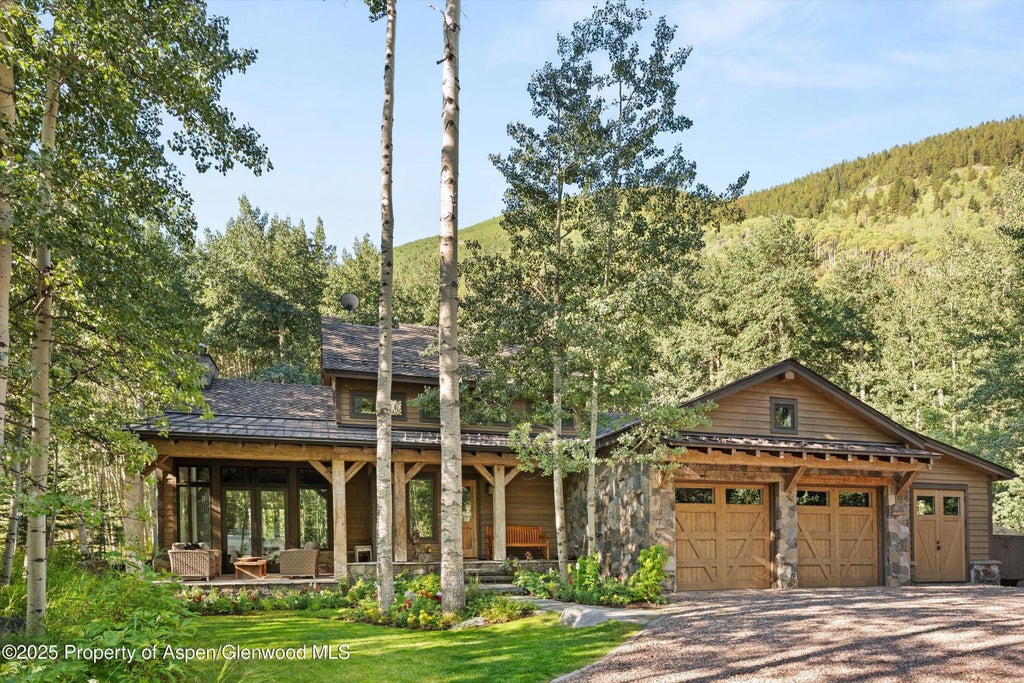
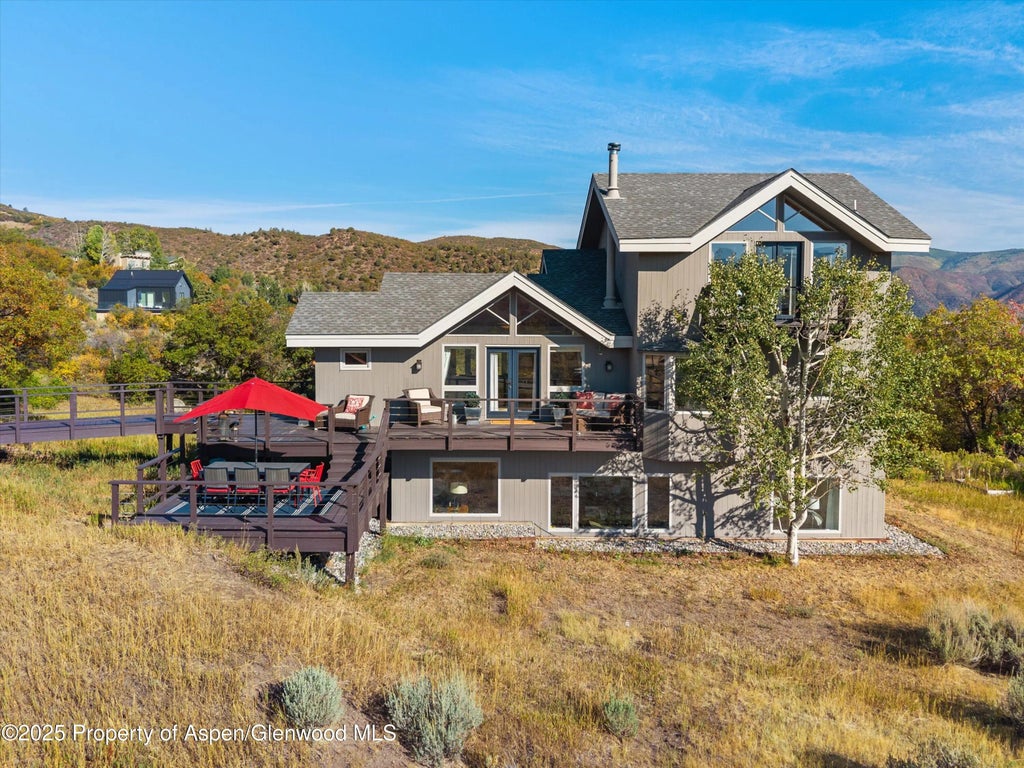
Leave A Comment